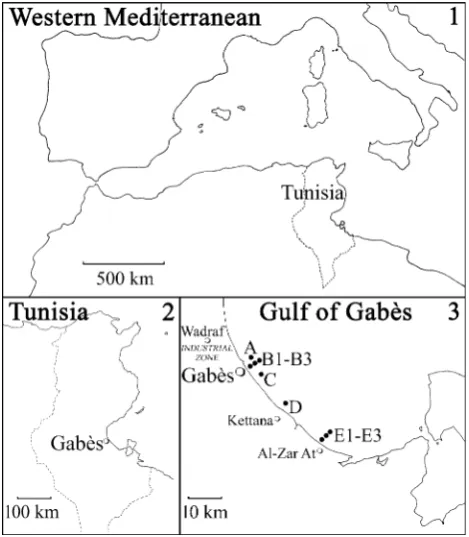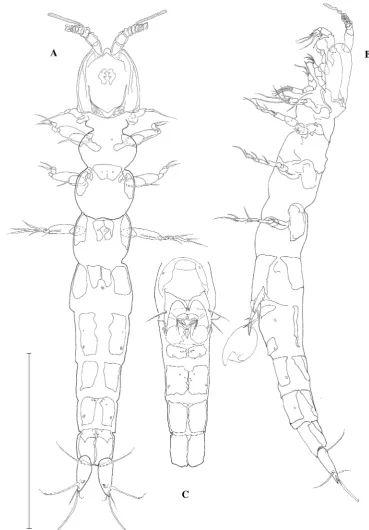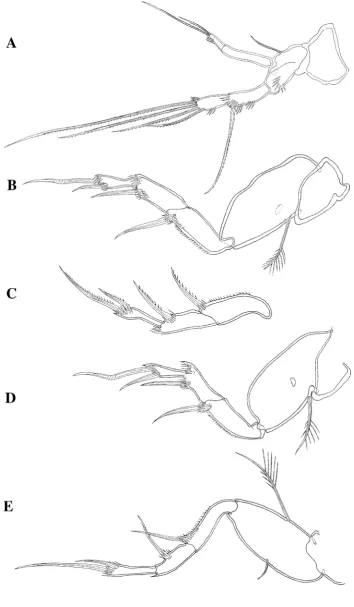Apodopsyllus gabesensis n. sp.: a new species of Paramesochridae (Copepoda: Harpacticoida) from the Gulf of Gabès (south-eastern Tunisia)
Full text
Figure




Related documents
arbitrator or a court. However, it is standard practice in building and civil engineering contracts to state in advance what the damages shall be for delay, and this is
The translating throat nozzle model was tested at three expansion ratios (design points) to simulate configurations for low, intermediate, and high Mach number operating conditions
environments; it highlighted strategies currently employed by school districts across the nation to reduce racial and socioeconomic isolation and to promote diversity in public
The key points that will be described and analysed further in this chapter include the background theory of RBI for tube bundles, overview of Weibull
Тип ресурсу Призначення Алфавітний підхід Статистичний підхід Семантичний підхід Файлова система Персональний ресурс Автоматично Не застосовується
Key words: Ahtna Athabascans, Community Subsistence Harvest, subsistence hunting, GMU 13 moose, Alaska Board o f Game, Copper River Basin, natural resource management,
All stationary perfect equilibria of the intertemporal game approach (as slight stochastic perturbations as in Nash (1953) tend to zero) the same division of surplus as the static
By first analysing the image data in terms of the local image structures, such as lines or edges, and then controlling the filtering based on local information from the analysis



